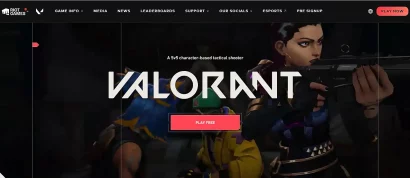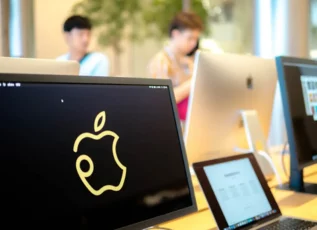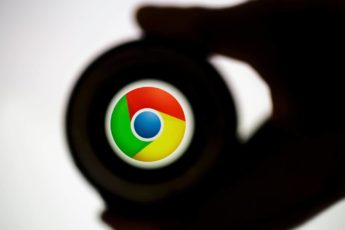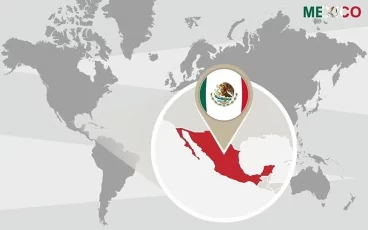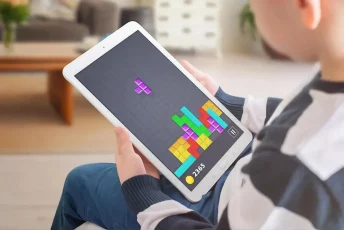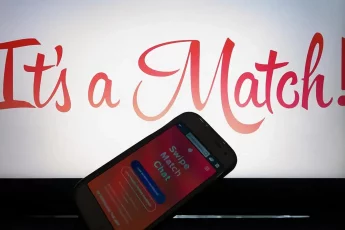You could think that YouTube is the most easily accessible online video streaming platform. That’s because it is indeed, but that doesn’t mean that every single YouTube user in the world has access to the site or every video on it.
There are several reasons for that. First, some content creators do not make their videos available to every country worldwide because of licensing issues.
Additionally, some governments practice censorship, so they may block some specific videos or the whole site. If you’re using a computer in your office or your school, then giving you access to YouTube, thus distracting you from your obligations, is something that your employer or school could prefer to avoid.
But the frustration you experience when you find you can’t see the YouTube video you want or need is the same in any scenario.
But don’t worry. Help is here. YouTube blocks can be bypassed in various ways, and in this article, we will show you reliable tips and tricks to help you unblock the YouTube videos you want.
However, this article covers multiple ways to unblock YouTube; VPN is the safest and most reliable option. Suppose that the block on the YouTube videos is based on your geographic location – the country from which you’re connecting to the platform. You can safely circumvent this restriction using a VPN, and you will gain additional advantages by using a VPN. But even if your restriction obeys a more local policy (your office or school), a VPN will sneak through that digital wall and reach the content you want.
Unblocking YouTube videos anywhere: The quick guide
If you already have a degree of digital expertise or don’t have the time to worry about the details, here is a quick guide to unblocking YouTube videos in four easy steps:
- Choose a reliable VPN service that is good both at security and connection speeds. NordVPN is our first choice for all things streaming.
- Install the VPN app, if needed, on your device.
- Launch the VPN and choose a server of your choice from the network. Pick a server located where the video you want is not blocked. If you don’t know what country is a safe bet, start with a server based either in the US or the UK.
- Point your browser to YouTube, and enjoy the content you wanted!
The easy way to unblock videos from your country of origin
You can bypass YouTube access bans with multiple tools and methods (covered later in this article), but VPN is the most efficient and easiest method to achieve that.
1. Sign up for a good VPN service
Again, we suggest you try ExpressVPN. It’s among the leading providers in the industry and has a 30-day money-back guarantee so that you can use it for an entire month without risking any of your hard-earned money.
2. Download and install
The device you intend to use with NordVPN (or the VPN you chose) would need that you download and install an app; go ahead and do it.
3. Choose the correct server
Choosing the right server is not about the technical specifications. Most servers in a given VPN service will have similar computing power and resources, making no significant difference. The correct server for you is the server that is physically located in the right country. One of the essential tasks any good VPN should perform is to mask your actual country IP address.
As long as you are connected to the VPN, YouTube will think you’re reaching it from the VPN server’s country, not yours. So you need to choose a server located in a jurisdiction that has most, if not all, YouTube content available – if you’re not sure, the US and the UK are good initial bets. Or, if you know that a specific video is available only for Indian users, you must choose an Indian server.
This won’t be a problem because NordVPN (and any other good VPN, too) will let you select the server you want to use for every session so that all your encrypted traffic is tunnelled through that node in the network.
4. Ensure that your data is going through the VPN tunnel
Launch your VPN app on your device and ensure it’s activated.
5. Go to YouTube, find the video you wanted to be unblocked
This is it. Point your browser to www.youtube.com or launch your YouTube app. If the video is available in your server’s country, you will find it directly. If you still can’t find it, then change to another country’s server and try again.
6. Click on the video
If the video is available in the country where your VPN server is located, you’ll find it, and you will be able to play it by clicking on it in the usual manner.
What makes a VPN best for YouTube
Not all VPNs are the same. Even the best ones. Some vendors prioritize security and anonymity above anything else, providing several encryption layers, or using several servers within the network to route your traffic in multiple jumps. But those additional security measures come at the cost of connection speeds which render this kind of paranoid-friendly service unfit to stream videos because the transfer speeds become too slow.
Privacy Savvy Score

ExpressVPN
A superfast, highly secure, and user-friendly VPN that respects your privacy. Though it mi…
Current offer: 49% off on 1yr plan.
Privacy Savvy Score

Surfshark
Very affordable yet speedy VPN that boasts a number of genuinely useful added privacy tool…
Current offer: 84% off on 2yr plan.
An excellent streaming-focused VPN for YouTube must strike the right balance between the following features:
Transfer speeds
Streaming YouTube videos take a good bit of bandwidth. So, you need a fast VPN to see them comfortably without too much buffering. This feature is even more critical if you plan to watch high-resolution videos.
Security
Security is a non-negotiable feature in a good VPN. But if you hail from a country that’s banned YouTube, then keeping your online identity safe is paramount.
Supported hardware
Do you want to watch your YouTube unblocked videos on your smartphone, or your tablet, a streaming stick, or a gaming console? You will need a VPN that supports the device you intend to use. In the worst-case scenario (the VPN won’t’ support a given device), you will need a VPN that supports routers.
That will allow you to configure the VPN into your home router so that every device connected to the internet through that router will be VPN-enabled, even if the VPN is not installed directly into the device.
Server locations
If the YouTube content you want to unblock is allowed for Japanese users, you must persuade YouTube that you’re in Japan. For that, you need a VPN that has at least one server available in that country. Thus it would be best if you had a VPN whose server network spans the world’s countries you will need to use.
Reputation
This is an industry in which reputations are meaningful. Good customer service is also useful in case you need some extra assistance.
Value for money
The price you pay for your VPN service must be worth it. That being said, free VPNs are always too expensive for the dangers they pose to your anonymity. This is not the place to cover that in detail; let’s just say that you should stay away from free VPNs at all costs. A premium VPN service’s average price in the current market is around 10 USD. If you are paying a significantly higher fee than that, you should be getting a much better service for your money.
Versatility and ease of use
Your VPN platform needs to include apps that are easy to use and configure, especially if you are new to VPN technology. On the other hand, if you are a seasoned VPN user who likes to have its network configured “just so,” then you need to have apps that let you do that but in a straightforward manner. Also, ensure that there is an app for the specific device you intend to watch YouTube unblocked content.
Can I use a free VPN to unblock YouTube?
Yes, you can. But no, you shouldn’t.
Most free VPNs do not have the bandwidth you need to support a video stream, even low-quality ones, as you often find on YouTube. And yet, there are a handful of free VPNs that are reliable enough if you want to unblock YouTube. But they are all restricted in some way. For example, some will limit the bandwidth you can use, some others the amount of data you can transfer — typically, you will have the equivalent of 30 mins as your daily or monthly quota.
The worst problem with free VPNs is that they log your activities and sell those logs to commercial partners to monetize that information. Thus if your online privacy is a priority for you, you should always stay away from free VPNs. Of course, they may not charge you with money. But you will pay for the service in some form because, for them, the product on offer is not the VPN but your data.
Unblocking YouTube from your office or school (7 ways)
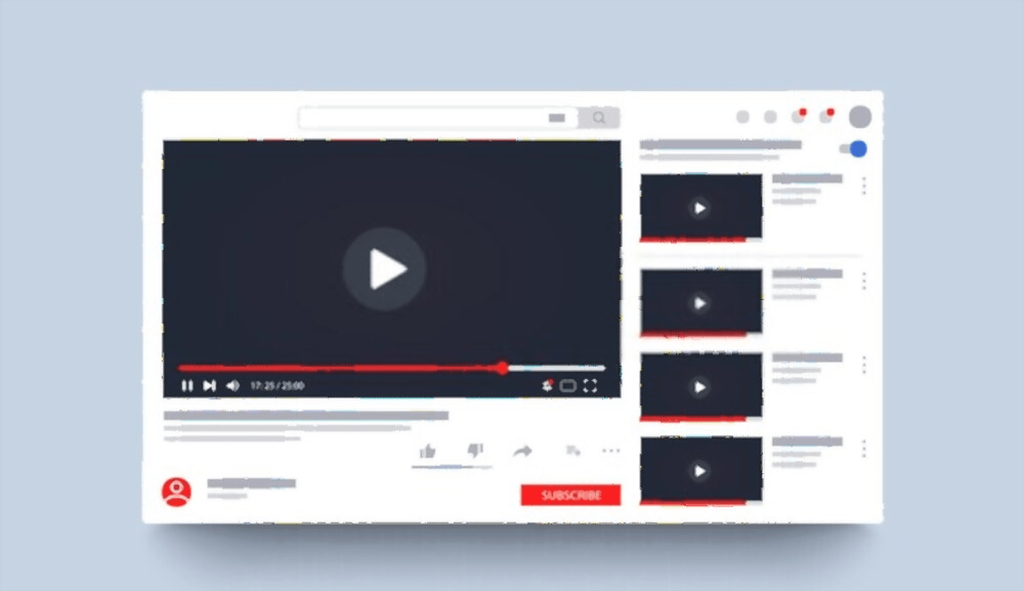
Do you wonder how I can unblock YouTube when my system’s administrator bans it? Do not worry; you’ll find the solution to that problem in this section.
If you are at work or school, you can’t see YouTube videos because it’s an institutional policy. You can bypass it; the best way is to use a VPN. But also consider that if your school’s or office’s IT personnel is exceedingly competent, they may also be aware of this option and have some VPNs blocked too. It’s unlikely most of the time, though. And if you use a premium service such as NordVPN or ExpressVPN, the network’s IP addresses are on continual rotation to prevent this problem.
So here’s how you can unblock YouTube videos from school or work if you want to try other options apart from using a VPN:
1. Google translate
Institutional website blocking usually starts with the network’s administrators compiling a list of websites they don’t want you to use. YouTube is generally a prominent entry in said list. Google Translate, however, is not. Nevertheless, that website is handy in both the academic and industrial world, so every local network in the world allows its users to access it. And it can help you bypass website blocks, believe it or not.
What you do is search for the video you want using a different language. So you don’t speak any other language? Use Google Translate first. Try your video’s title in German, Spanish, Italian, or Portuguese.
Running a Google search in a different language renders results in that language. Please choose one of those results and view it, then use Google Translate to translate this page and read it in your own language.
When you open a video like this, your link to YouTube goes through Google Translate, bypassing your school’s or employer’s policy.
Does it look too easy to be true? It is. And it’s pretty helpful in unblocking YouTube content and many other websites. As tricks go, this one is clever, effective, and accessible.
2. Use a proxy
A proxy server will mask your IP address as a VPN does, but it won’t encrypt your traffic – so proxies are not as safe as VPNs; they will not protect your data from external observers and hackers. So the websites you reach will consider you a user based in a different physical place, thus allowing you to work around firewalls and geolocation restrictions.
Watching YouTube videos, of course, is not a task that should usually require that much security, so a free web proxy will do fine if you don’t mind the security vulnerabilities.
Proxy servers come in three flavors:
- Web proxies
- Browser add-ons
- SOCKS proxies that you set up on your browser by hand
Plenty of proxy websites on the internet are free and easy to use. Using a proxy server is one of the most direct methods indeed to unblock YouTube, but it lacks in the security department, as I stated earlier.
3. Browser extensions
There is a browser extension called “Unblocker for YouTube.” It’s available for Google Chrome, Firefox, and other widely used browsers. Find it, install it, and use it. It doesn’t get any easier than this. Due to its ease of use, this method is among the widely used ones to unblock websites at schools and offices. But here again, please note it’s not a safe option if you are concerned about your privacy and security (as you should be).
4. Change the URL to get YouTube unblocked
This trick will not work most of the time. However, it’s so easy that it’s worth trying, just in case.
Many network administrators will only block the HTTP version of YouTube’s primary address. When you are facing this type of sloppy administration, it’s easy to bypass.
The trick is to add an “s” to the URL (write HTTPS instead of HTTP).
Granted, this one will work only rarely. But it takes two seconds and costs nothing, so it’s always a good option to try.
5. Download the blocked videos
Plenty of websites on the internet are devoted to downloading YouTube videos for you to watch offline. They are not subject to the restrictions you’re facing. So they can see the video, recode it and download it to your device.
6. Tether your smartphone
Did you know you can use your smartphone as a WiFi hotspot? You can!
So you can bypass YouTube blocks at work or school by not using the institutional network. Instead, just set up your phone, and connect your computer to it like any other WiFi router.
But keep in mind that this strategy, while effective, will eat up a good deal of your smartphone’s data, so it could end up being on the expensive side of things. Use wisely.
7. Use SafeShare
SafeShare is a video streaming platform created to share video content safely – hence, the name.
You can copy the YouTube URL of the video you want and paste it into safeshare.tv, and then you can view it through the second platform.
It has additional benefits besides unblocking content. You will be able to see it without ads, and it will remove any inappropriate content.
Read also: How to unblock Instagram at school.
Why are some YouTube videos blocked?
YouTube videos get blocked for a variety of reasons. Here are some of them:
- Restricted broadcasting rights: YouTube must have the rights to play the videos you can see from your country. If it doesn’t hold such rights for your region, it can’t show it to you.
- Network block: The local network you’re using has a blocklist that includes YouTube. This situation is more common in businesses and universities.
- Technical issues: Something is wrong with the technical side of things, and that’s why you can’t see the video.
- The content’s owner: Content producers can enforce their will on YouTube up to a certain point. If they want their videos to be unavailable in a specific region or country, YouTube follows their wishes.
- National censorship: Your government doesn’t want you to see the video in question, and it’s set up a censorship policy that prevents you from watching it.
Which are the countries that ban YouTube?
As we write this, YouTube remains blocked by these countries:
- China
- Eritrea
- Iran
- North Korea
- South Sudan
- Sudan
- Syria
- Tajikistan
- Turkmenistan
Free YouTube unblockers: Are they safe?
You can find many free YouTube unblockers around. They’re simple and easy to use. Moreover, they will do the trick when you want a YouTube video unblocked. So, if you want to unblock a video, you can use them. But should you?
The answer to our last question depends on how much you care about your online security and anonymity. Free YouTube unblockers can be fishy websites that do not prioritize your anonymity at all. They’re not safe.
If security concerns you, you should avoid this kind of service at all costs. This is particularly relevant if you’re trying to see a video unavailable in your country because of your government’s censorship. Granted, if you just want to watch a single video now and then, a free unblocker will do the trick conveniently.
But if you are going to do that on a more regular basis, then using a free unblocker will create a behavioral pattern easily traceable to you by a government that does not want you to do precisely that.
If you want the perfect balance of security and YouTube accessibility, the VPN option is the best, especially if you use it frequently.
Is it legal to unblock YouTube?
There is no universal answer to this question because it depends on where you try to access YouTube.
Suppose you’re trying to bypass a network firewall at your school or office to see YouTube videos. There’s nothing illegal about that, but if your school or employer finds out, you could get in trouble.
On the other hand, if you are trying to watch a blocked video because of your government’s censorship, that could be deemed illegal for sure.
Again, the best practice is to use a VPN. It will keep your online activities and identity hidden from any external observer, from your ISP to your government.
Fair use and creative commons videos
You’re supposed to be under the site’s terms of use whenever you’re using YouTube. Yes, we know nobody reads them, but at some point, you clicked on “I accept,” so you could use YouTube, so now you’re bound to respect them, at least in principle.
According to those terms of use, you must never download any of the videos on the site unless you’re explicitly provided with a download link. This policy’s purpose is to protect the video creator’s rights.
However, the United States Copyright Law allows you to use copyrighted content without permission if they are a teaching resource.
This is deceptively simple. If you want to play it safe, you should never download any YouTube video without first getting the owner’s permission and properly citing the video’s link. This could render additional advantages besides just being a good practice. For example, maybe the content creator would like to join your class via Zoom or Skype and add something that wasn’t included in the original video.
An additional option is to take advantage of YouTube’s Creative Commons-licenced videos. For example, suppose you search YouTube to find a video on any subject in your mind. Once you’ve typed the keywords, click on the “Filter & Explore” option on the far left. Next, find the words “creative commons” and click them. The videos that will result from this search are licensed as Creative Commons.
This type of license allows you to copy, use and distribute those videos without breaking any copyright laws as long as you’re not using them for commercial purposes.
Final word
If you have to deal with blocked YouTube content, you’ve now learned several ways to effectively get access to the video you want, regardless of the cause behind the block.
While several methods are free and straightforward, nothing is more effective and reliable than getting a premium VPN service. It’s the easiest, fastest, and most secure way to achieve the goal, and it will reward you with many other additional advantages. For example, a VPN will allow you to get around governmental censorship, and local institutional authorities while protecting your online anonymity.
The best VPN for this (and most other) tasks is NordVPN. We’re confident you’ll like it immediately, so you won’t regret paying your monthly fee to keep enjoying it. But even if you don’t, the 30-day money-back guarantee it offers to the public will allow you to try this exceptional service risk-free.
FAQs
The answer to this question depends on the method you use to unblock YouTube. If you use a VPN to unblock YouTube, you will be perfectly safe as you browse around the streaming video giant. This is because the VPN doesn’t merely unblock videos for you; it also encrypts all your incoming and outgoing traffic and hides your actual IP address, thus rendering you anonymous online. As a result, a VPN protects you from hackers, malicious third parties, and government agencies. And it will also protect you from the network administrators in your school or place of work.
Some YouTube content is age-restricted, so you can’t watch it without logging in. This problem can be solved quickly. Log into your YouTube account and see the video if it is restricted because of age concerns. If it remains unavailable even then, consider using a VPN.
While YouTube includes many educational videos, most schools block this platform on their network for several reasons. Mainly, schools block YouTube to prevent students from wasting their precious studying time on other activities. Besides, YouTube (unless controlled) may expose children to unsuitable content uploaded by random users. Ideally, students should respect such restrictions and not try unblocking YouTube at school unless genuinely needed.
Google Chrome has a more robust caching mechanism than other browsers. As a result, you may face trouble accessing YouTube on Chrome even after enabling a VPN connection. However, after activating VPN and changing your IP address, clearing Chrome browser cache and cookies can help you unblock YouTube.
